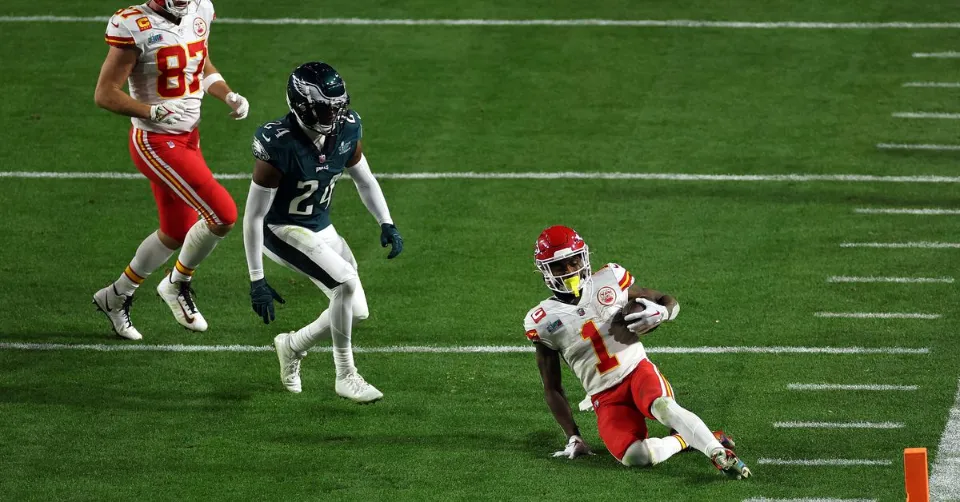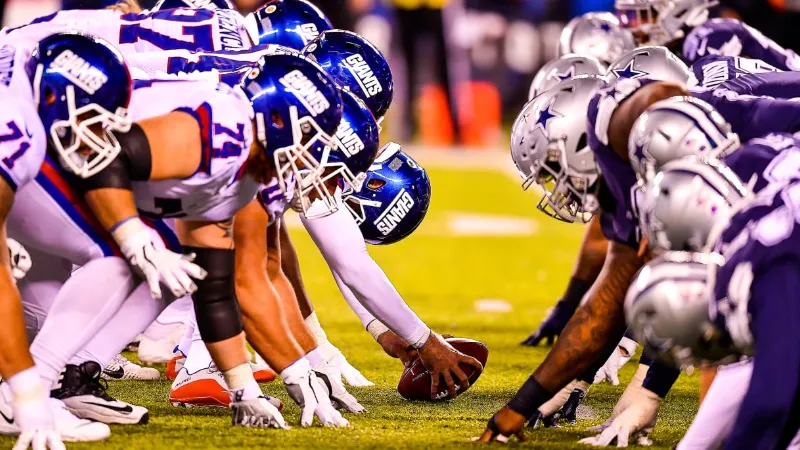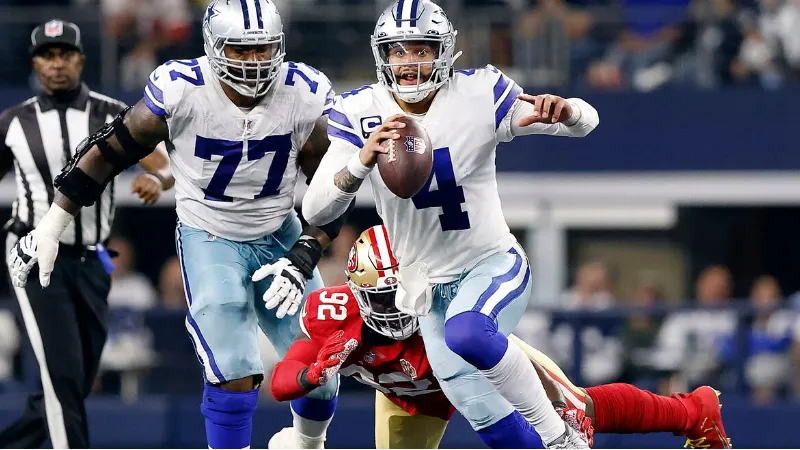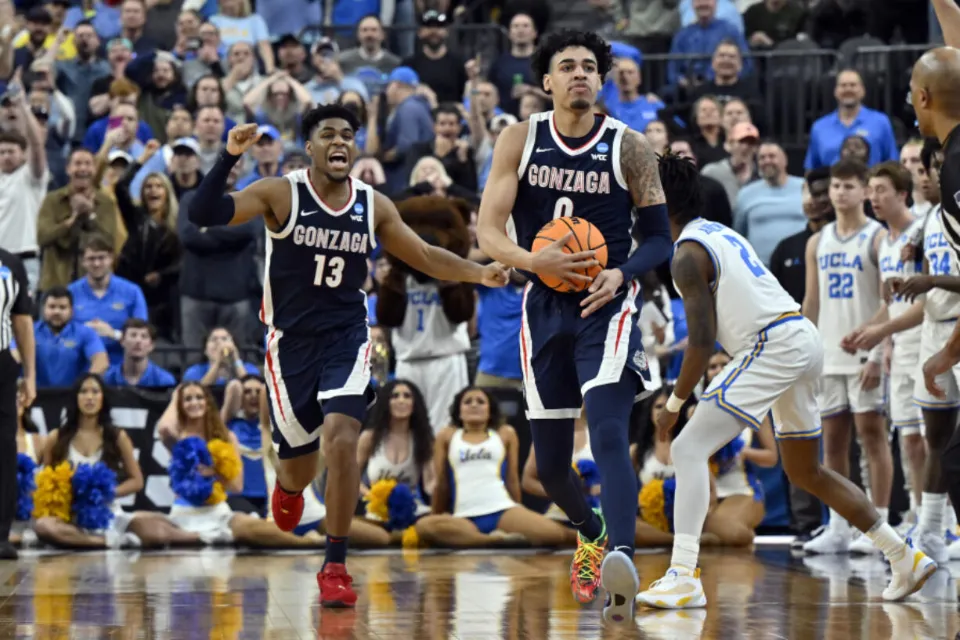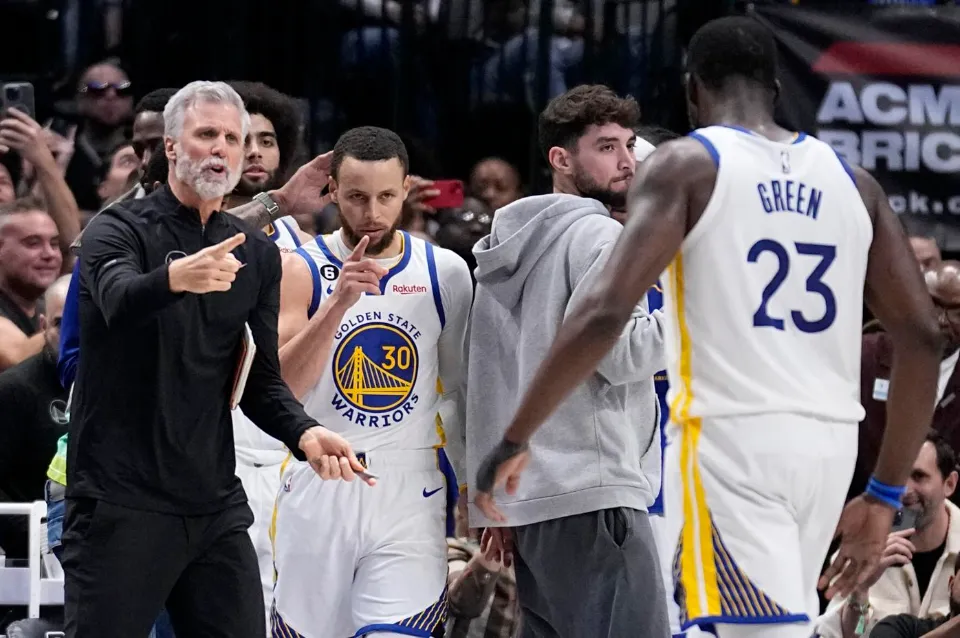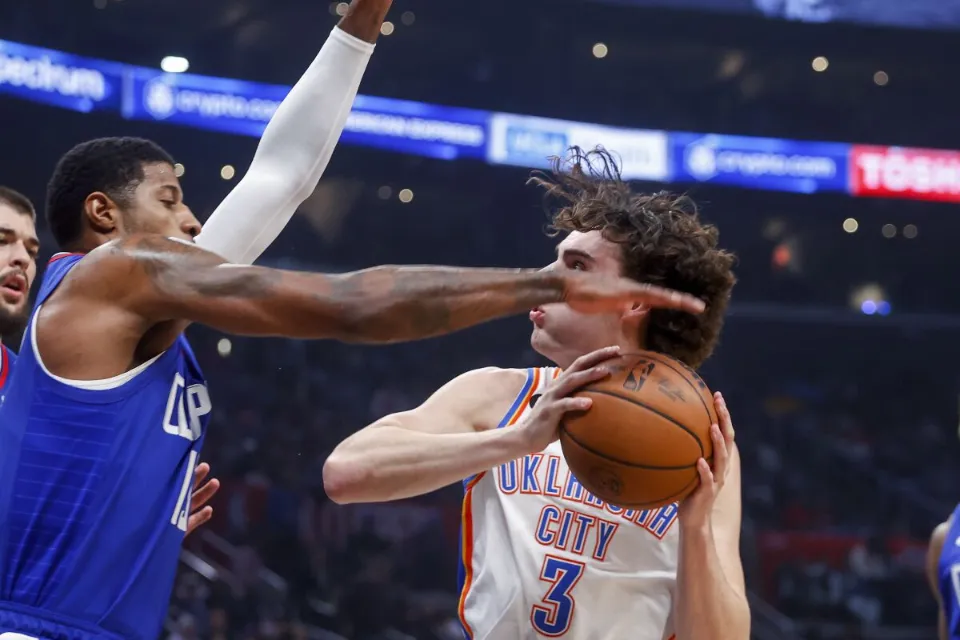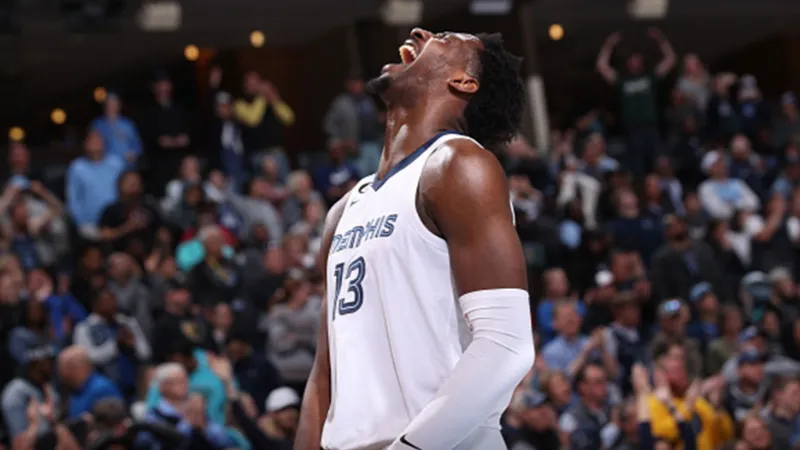How Many Fouls to Foul Out in Ncaa? – the Ultimate Gude
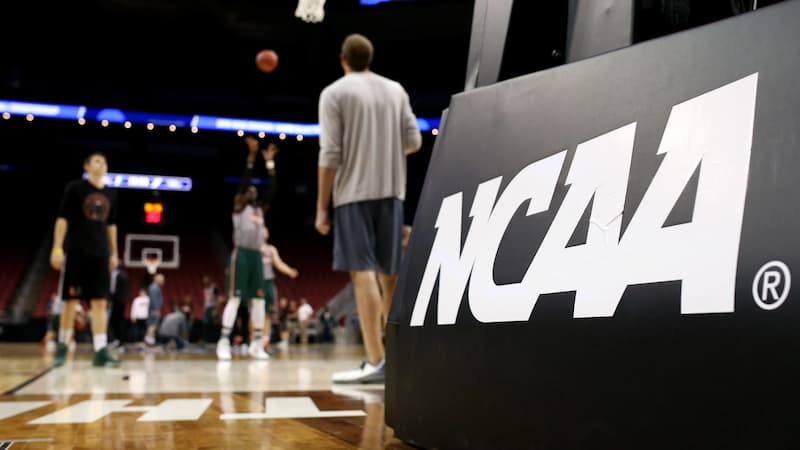
How many fouls to foul out in NCAA? A player may receive up to five personal fouls in an NCAA men’s or women’s basketball game before being ejected, according to the rules. This includes unsportsmanlike and technical fouls. Once a player accumulates five unsportsmanlike or technical fouls, he is not allowed to re-enter the game.
This will be a brief explanation of how the foul system in (NCAA) college basketball operates, including the bonus system that many find confusing and difficult to comprehend.
Table of Contents
NCAA Foul Rules
In college basketball, you can commit 5 fouls before you are out, as opposed to up to 6 in the NBA. The NBA allows more than college, which may have you wondering why.
The NBA lasts 48 minutes, divided into four quarters of 12 minutes each.
Two 20-minute halves make up the 40-minute NCAA game.
NBA: 48/8 = 6, which means that 48 minutes divided by 8 equals 6 fouls.
In accordance with the NCAA, 40 minutes divided by 8 equals 5 fouls.
Both leagues give you one foul for every 8 minutes of game time.
No team accrues additional fouls during overtime if the game is tied.
5 personal fouls do not just include contact fouls, They also consist of flagrant, technical, and unsportsmanlike fouls. These different fouls are all considered team fouls.
Bonus and Double Bonus
Personal fouls add up to team fouls when a team reaches 7 fouls they are in bonus which means that if they are fouled in any way that is not a shooting foul they will go to the line and shoot what is called a one and one. A player will shoot another free throw if they successfully complete their first one under the one-and-one rule. As a result, if you make another free throw, you are given another.
If they miss their first free throw then the ball is live and in play for either team to rebound. This foul occurs during team fouls 7, 8, and 9.
When a team accumulates 10 fouls, it is referred to as a double bonus, and the player is guaranteed to take 2 foul shots regardless of the results of any of the shots. No matter how many team fouls the opposing team has, offensive fouls do not count toward the bonus; they only result in a change of possession.
When Does a Player Foul Out in College Basketball?
A player receives a personal foul each time they foul during a game. If the player reaches a certain foul total during the game, they will “foul out” and will not be allowed to play any more. In the NCAA, it takes five fouls to “foul out,” unlike in the NBA, which requires six fouls.
What is a Shooting Foul in College Basketball?
When a defensive player makes physical contact with a player while they are shooting the ball, it is called a “shooting foul.” The player who committed the foul will then attempt his or her free throws. Two free throws will be awarded to the shooter if they are fouled while trying to make a two-point shot; three free throws will be awarded if they are fouled behind the line.
If a player is fouled and makes their attempted two- or three-point shot, the fouled player will receive one extra free throw, which is called an “and-one.”
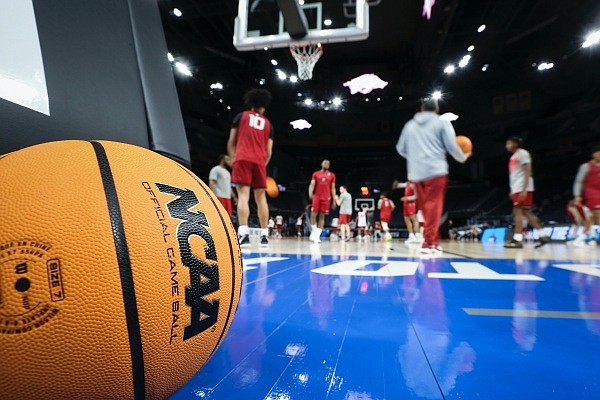
What is a Technical Foul in College Basketball?
It’s possible to commit a technical foul without making unlawful contact with another player.
On the field or the sidelines, referees may issue technical fouls to players or coaches. They result in a free throw and give the opposing team possession of the ball. A player or coach who receives two technical fouls in a single game will be dismissed from the contest.
Recently, the NCAA made a move towards getting rid of “flopping,” which is an intentional fall or stagger by a player after little or no physical contact by an opposing player in order to draw a personal foul. The first time a player flops, they will be given a warning for a delay in play; the second time, they will receive a technical foul.
A technical foul may also result from excessive rim-hanging. Occasionally, officials make the incorrect decision. like during the Illinois vs. Houston game in the NCAA tournament on Sunday.
Fighting Illini guard RJ Melendez slammed a breakaway dunk in the second half of the 68-53 defeat and was assessed a technical foul for hanging on the rim. Many fans and former athletes believed the decision was incorrect because Melendez appeared to be merely attempting to land safely as his momentum carried him toward the baseline.
If they commit two technical fouls, coaches may also be dismissed from the game. The UConn men’s basketball team’s head coach, Dan Hurley, was dismissed from the game against Villanova in the first half on February. 22nd.
Hurley was given the first technical foul for slamming his fist on the scorers’ table and was later ejected from the game for turning to the crowd and urging spectators to boo loudly while waving his arms in the air.
What is a Flagrant 1 Foul in College Basketball?
The result of excessive contact that is by its very nature unnecessary or avoidable is a flagrant 1 foul. The opponent’s team reclaims control of the ball after the fouled player is awarded two shots.
What is a Flagrant 2 Foul in College Basketball?
But a flagrant 2 foul is much more serious. The player who committed the foul is removed from the game, and the player who was fouled is given two shots and the ball. The NCAA rules committee describes a flagrant 2 as “brutal, harsh or cruel or dangerous or punishing.”
Some flagrant 2 fouls are frequently very contentious. The North Carolina Tar Heels’ forward Brady Manek was ejected from the game after being given a flagrant 2 call during their NCAA Tournament game against Baylor on Saturday. Even though UNC went on to defeat Baylor, the call sparked a heated discussion on social media, with many supporters believing Manek should have at the very least received a flagrant 1.
Foul Strategy
In order to make players sit or get fouled out, coaches will try to take advantage of any fouls they have. Even players with a history of picking up offensive fouls need to exercise caution because the opposition is aware of this and will make an effort to do so.
When a player has four fouls and is in foul trouble, he becomes passive on defense. Players will take advantage of this by attacking the player with four fouls to try and draw a foul or score because the defense is less aggressive.
Strategy in the Bonus
It can be advantageous for a team to foul a player with the ball on the other team who shoots poorly at free throws if the team is trailing by a few baskets with a few minutes left in the game. When the team only has time for one free throw and must hope that the player misses, this would need to be done.
This is a wise course of action because you are stopping the clock and might even win the ball if a poor shooter loses it. Even if he only succeeds in one out of two, it’s still very good. Of course, each situation is unique; if there is only one minute left and you are in double bonus, you will need to foul if you are down. Regardless of when you stop, you’re hoping they miss so you have a chance to tie the game.
Types of Fouls
Personal Foul
The most frequent type of foul usually involves some sort of contact, including pushing, holding, and improper hand use, among other things. In essence, you are making illegal contact, and this is a foul that is also committed by the team.
Flagrant
Flagrant fouls come in two varieties: flagrant 1 and flagrant 2. Unintentionally trying to harm someone, a flagrant foul is a serious foul. Flagrant 2 is a hard foul looking like your going to hurt someone if not kill them. If the player doesn’t try to touch the ball, that can also be considered unsportsmanlike behavior.
The referee typically reviews these fouls at the scorer’s table on the video review screen. Then they decide whether it is a flagrant 1 or 2.
Unsportsmanlike
Unsportsmanlike fouls—hard fouls committed by a player without the ball in play—can also be flagrant. The player is struck, but there was no attempt to shoot the basketball.
Technical Foul
A technical usually occurs when there is a dead ball, which means that play has ended. A player or coach who receives two technical fouls is out of the game and is required to leave the bench area. When a player challenges a referee’s decision, it usually results in a technical foul.
If the coach’s bench or personal staff receive a technical foul, it counts as the coach’s technical but does not count against team fouls. The result is that he is unable to acquire another one on his own.
All fouls, excluding personal fouls, receive two shots unless they are in the double bonus.
Warning at 3 Fouls
You run the risk of committing another foul once you’ve committed 3 already. This is where it’s late in the game and nothing is going right for you. The decision is made to inform the referee. Unexpectedly, the referee called you for a foul on the previous play, and you now have a technical foul for objecting to the call in the heat of the moment. Since you already had three fouls, you were already out of the game when you picked up two more.
Further reading:
